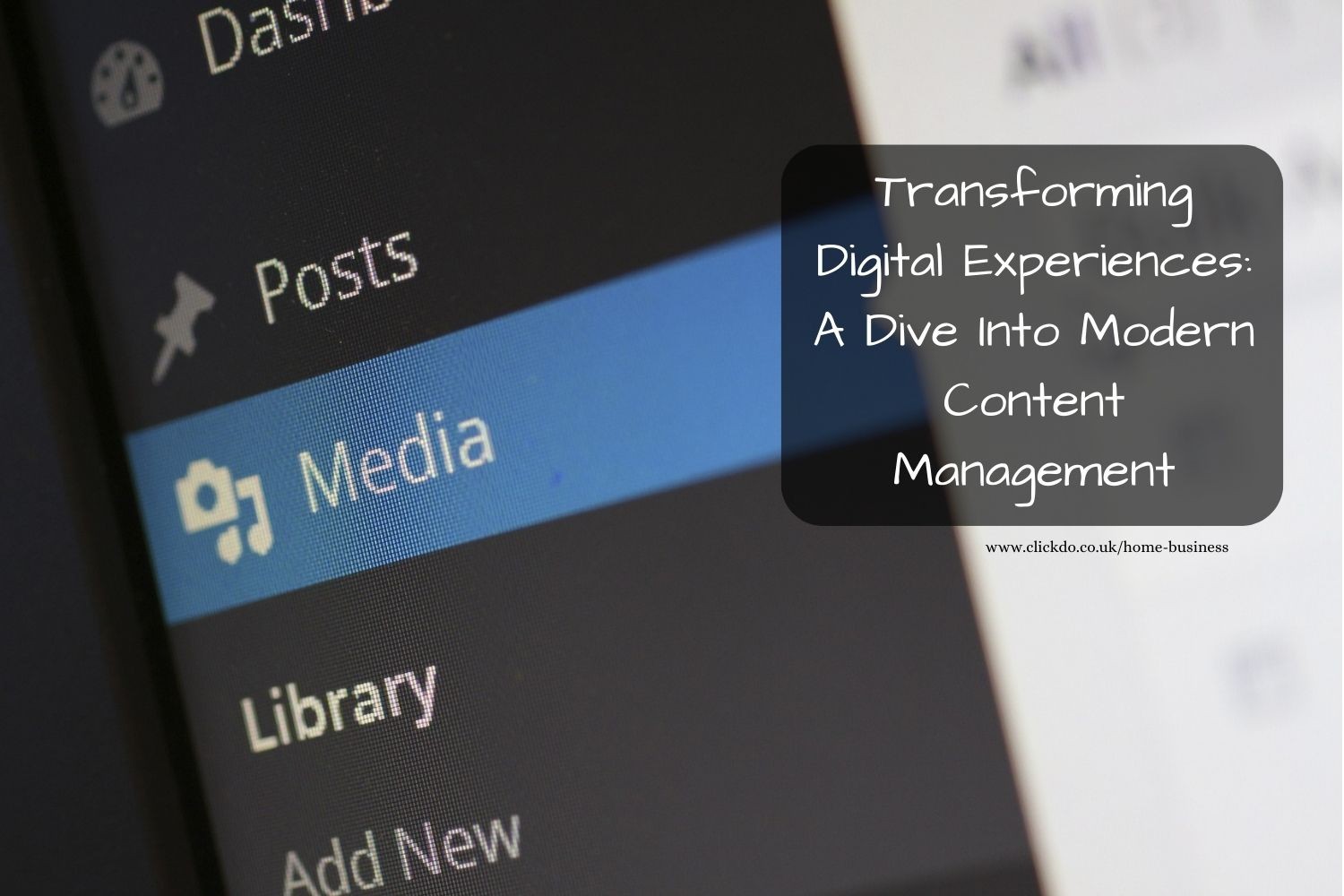DigiLife Technology Trends in Content Management: Revolutionizing the Future of Digital Content
Embark on a journey through the realm of DigiLife Technology Trends in Content Management, where innovation meets efficiency to shape the landscape of digital content. As technology continues to evolve, the way we manage and interact with content undergoes a profound transformation.
Delve into the depths of DigiLife Technology to explore how it is redefining content management practices and paving the way for a more streamlined and engaging digital experience.
Overview of DigiLife Technology Trends in Content Management
![]()
DigiLife Technology in content management refers to the use of advanced digital tools and solutions to streamline the creation, storage, retrieval, and distribution of content. It leverages technology to optimize content workflows, enhance collaboration among team members, and improve overall content quality and efficiency.
The significance of technology trends in content management lies in their ability to automate repetitive tasks, facilitate real-time collaboration, and provide data-driven insights for better decision-making. By embracing the latest technological advancements, organizations can stay competitive, adapt to changing consumer preferences, and deliver personalized content experiences at scale.
DigiLife Technology Revolutionizing Content Management Practices
- Artificial Intelligence (AI) and Machine Learning: AI-powered content management systems can analyze user behavior, predict content performance, and automate content tagging and categorization.
- Blockchain Technology: By using blockchain, content management platforms can ensure content authenticity, prevent unauthorized alterations, and enhance copyright protection.
- Augmented Reality (AR) and Virtual Reality (VR): These technologies are transforming content delivery by offering immersive and interactive experiences, especially in industries like gaming, education, and marketing.
- Internet of Things (IoT): IoT devices are enabling content managers to gather real-time data, personalize content delivery, and optimize user experiences based on contextual information.
Role of Artificial Intelligence in Content Management

Artificial Intelligence (AI) is playing a crucial role in revolutionizing content management systems within the DigiLife framework. By leveraging AI technology, organizations can automate various aspects of content creation, curation, and distribution, leading to increased efficiency and effectiveness in managing digital content.
Automating Content Creation
AI algorithms can analyze user data, preferences, and behavior to generate personalized content tailored to individual users. This automated content creation process ensures that the right content reaches the right audience at the right time, enhancing user engagement and satisfaction.
Enhancing Content Curation
With AI-powered content curation tools, organizations can sift through vast amounts of data to identify relevant and high-quality content for their target audience. By automating the content curation process, companies can save time and resources while delivering timely and valuable content to their users.
Streamlining Content Distribution
AI algorithms can optimize content distribution strategies by analyzing data on user interactions, preferences, and engagement metrics. This data-driven approach enables organizations to deliver content through the most effective channels and formats, maximizing reach and impact.Overall, the integration of AI in content management systems in DigiLife Technology offers a significant advantage over traditional methods.
AI-driven approaches provide organizations with the tools to create, curate, and distribute content more efficiently, effectively, and personalized to meet the diverse needs of their audience.
Impact of Data Analytics on Content Management
Data analytics tools are revolutionizing content management strategies within DigiLife Technology. By harnessing the power of data, organizations can make informed decisions to optimize their content performance and enhance user engagement.
Key Metrics and KPIs in Data Analytics
- Page views: Tracking the number of times a page is viewed provides insights into popular content.
- Time on page: Understanding how long users spend on a page can indicate content relevance and engagement.
- Bounce rate: Monitoring the percentage of visitors who leave a site after viewing only one page helps assess content quality.
- Conversion rate: Measuring the rate at which users take desired actions, such as signing up for a newsletter, indicates content effectiveness.
Role of Predictive Analytics in Content Management
Predictive analytics plays a crucial role in forecasting content trends and user engagement. By analyzing historical data and patterns, organizations can predict future outcomes and tailor their content strategies accordingly. Utilizing predictive analytics enables DigiLife Technology to stay ahead of the curve and deliver relevant and engaging content to users.
Content Personalization in DigiLife Technology
Content personalization in DigiLife Technology refers to the practice of tailoring content to specific user segments based on their preferences, behavior, and demographics. By utilizing advanced technologies and data analytics, DigiLife can create personalized experiences that enhance user engagement and satisfaction.
Methods Used for Personalizing Content
- Behavioral Tracking: DigiLife collects data on user interactions with content to understand their interests and preferences.
- Machine Learning Algorithms: By analyzing user data, machine learning algorithms can predict what content a user is likely to engage with.
- Dynamic Content Delivery: Content is dynamically generated and delivered based on real-time user interactions and feedback.
Successful Content Personalization Strategies
- Netflix’s Recommendation Engine: Netflix uses algorithms to suggest personalized content based on viewing history and ratings.
- Amazon’s Product Recommendations: Amazon recommends products based on user browsing history and purchase behavior.
- Spotify’s Personalized Playlists: Spotify creates customized playlists based on listening habits and preferences.
Challenges and Opportunities
- Challenges: Maintaining data privacy, ensuring accurate personalization, and scaling personalized content delivery can be challenging.
- Opportunities: Personalized content can increase user engagement, drive conversions, and improve customer loyalty and satisfaction.
Closing Notes

In conclusion, DigiLife Technology Trends in Content Management offer a glimpse into the future of content creation and distribution. As we navigate the ever-changing digital landscape, these trends serve as beacons of progress, guiding us towards a more personalized and data-driven approach to content management.